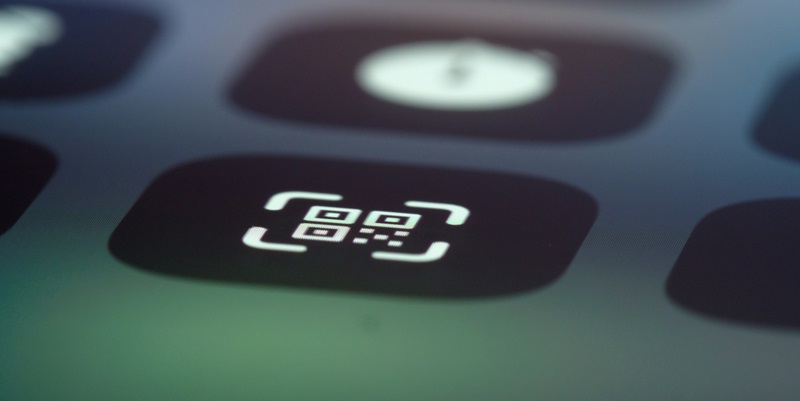QR codes, a technology once solely crafted for the practical purpose of tracking vehicle components, have evolved into a staple of consumer engagement. Their adaptability and ease of use have led to an unprecedented rise in usage, with the latest data capturing a striking image of consumer behavior. Distinct statistics from market research titans like Statista unveil the narrative; in the United States alone, daily and weekly interactions with QR codes were reported at 11% and 34%, respectively, back in 2021. This numerical testament to the QR code’s utility creates the perfect soil for the germination of its advanced successor: the AI QR code. As brands engage with this emergent tech, they are finding that the AI QR codes not only retain users with their functionality but also allure them with an artistic hook that is transforming how we perceive branded content.
AI QR codes are at the forefront of this evolution, encapsulating both the practicality for which QR codes are respected and a newfound aesthetic charm that entices deeper customer engagement. As brands delve into the potentials of this technology, they cautiously thread the line between functionality and art, ensuring that the codes remain seamlessly scannable despite their decorative enhancements. The equilibrium achieved can propel the QR code from a mere tool of convenience to the centerpiece of interactive marketing strategies, opening new doors for brand storytelling in the digital age.
The Aesthetics of AI QR Codes in Marketing
The introduction of AI to the realm of QR codes has given rise to stunning visuals that transcend standard black-and-white grids. Companies now cultivate codes that incorporate their logos, colors, and themes, blending branding with beauty to create a new digital touchpoint. These AI-enhanced QR codes beckon onlookers, enticing them to explore a brand’s offerings through a doorway that reflects the company’s identity. Campaigns employing these artistic QR codes have reported soaring interaction rates, with some evaluations reflecting up to 90% engagement in certain instances. This leap in customer involvement attests to the power of AI in transforming a basic utility into a captivating brand asset.
This aesthetic enhancement is reshaping the way businesses deploy QR codes, encouraging marketing teams to marry the practicality of these codes with the creative expression enabled by AI. The result is an eye-catching matrix that invites onlookers not just to scan but to experience the brand. By incorporating artistic elements that align with their corporate identity, brands have managed to take hold of a novel way to catch consumer attention, fostering recognition and recall. Such AI QR codes stand as a testament to the potential for technology to amplify marketing strategies, creating encounters that are as visually pleasing as they are informative.
Enhancing Customer Experience through Functional AI QR Codes
The allure of AI QR codes lies not only in their visual appeal but also in their robust functionality. These advanced codes serve as more than just a channel to static content; they act as dynamic portals to user experiences uniquely tailored to brand narratives. Businesses are harnessing the potential of AI QR codes to engage consumers in loyalty programs, interactive experiences, and detailed explorations of product features. This versatility in application caters to consumer preferences for accessible and intuitive interaction points, reflecting a broader industry trend towards personalized, QR-induced consumer journeys.
Consumers today value efficiency and personalization. AI QR codes respond to these expectations by rapidly conveying information and services tailored to individual needs. Whether it’s a step-by-step assembly guide for furniture or a virtual dressing room for a fashion retailer, these codes unlock a wide spectrum of possibilities. By enabling this degree of interactivity, AI QR codes are shaping a future wherein the customer experience is not just enhanced but reimagined. They stand as beacons of innovation, signaling the convergence of customer service and technological sophistication.
Technical Challenges and Future Prospects
While the fusion of AI and QR codes signals an exciting evolution in interactive marketing, it also introduces a new set of technical challenges. As artistic elements become increasingly intertwined with QR codes, maintaining their scannability is imperative. The design process must therefore strike a delicate balance, ensuring that aesthetic embellishments do not impede the codes’ functionality. This pursuit of harmony between art and utility is vital for the widespread adoption and success of AI QR codes.
As the arena of AI QR code art matures, possibilities expand into realms that were once the subject of science fiction. We speculate a future where augmented and virtual reality could converge with QR codes, potentially transforming brand interactions into even more immersive experiences. Such potential advancements suggest that what we see today as the pinnacle of QR code technology could be just the beginning, and the true depth of their integration with AI and other emerging technologies remains to be explored. This future, rich with interactive storytelling and engaging brand experiences, is not a distant dream but an unfolding reality.
Real-World Applications and Success Stories
Global brands continue to anchor the successful application of AI QR code technology in the market. A stellar example can be observed in Coca-Cola’s campaign, which seamlessly integrated AI QR codes into their global music program. By offering exclusive content through these codes, the beverage behemoth managed to intertwine its brand identity with consumer entertainment, fostering a memorable and interactive user experience.
These kinds of real-world success stories serve as pillars of inspiration for businesses looking to chart their course in the age of AI QR codes. The appeal of these narratives lies in their demonstration of how effectively a technology can weave itself into the fabric of brand storytelling. They epitomize the principle of innovation in marketing—proving that the imaginative application of AI QR code art can translate into tangible business successes and set a benchmark for others in the industry to follow.

